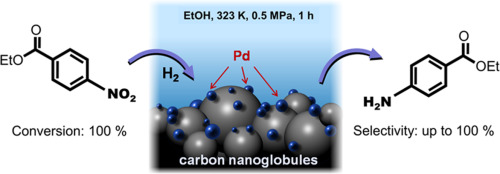Harnessing the Power: Tantalum Oxide Powder's Contribution to Advanced Electronics
Introduction
In the ever-evolving landscape of electronics, the quest for smaller, faster, and more efficient components is unending. Tantalum oxide powder, often hidden behind the scenes, is emerging as a key player in this pursuit. In this article, we delve into the world of tantalum oxide powder, exploring its remarkable characteristics and the pivotal role it plays in shaping the future of electronic technology.

Figure 1. Tantalum Oxide Powder
Understanding Tantalum Oxide Powder
Tantalum oxide, denoted as Ta₂O₅, is a compound composed of tantalum and oxygen atoms. This fine white powder presents a range of unique characteristics:
l High Dielectric Constant: Ta₂O₅ boasts a high dielectric constant, making it an excellent material for capacitors. Capacitors built with this powder can store more charge in a smaller space, enabling the miniaturization of electronic devices.
l Stability: Ta₂O₅ exhibits exceptional stability, both chemically and thermally. This stability ensures the reliability of electronic components even under harsh conditions.
l Low Leakage Current: Ta₂O₅ capacitors have low leakage currents, meaning they efficiently retain stored charge, reducing energy loss and improving the efficiency of electronic devices.
l Miniaturization: Its properties allow for the creation of smaller and more efficient electronic components, a crucial factor in the development of compact and high-performance devices.
Applications in Advanced Electronics
Tantalum oxide powder's impact on advanced electronics is substantial:
l Capacitors: Ta₂O₅ capacitors are fundamental components in electronics, used in devices such as smartphones, laptops, and medical equipment. They provide high capacitance in a small footprint, a critical factor in modern miniaturized electronics.
l Semiconductors: Ta₂O₅ plays a vital role in semiconductor manufacturing, where it acts as an insulating layer and gate dielectric material in advanced transistors.
l Memory Devices: In non-volatile memory devices, tantalum oxide is employed to create high-performance, low-power storage solutions.
Challenges and Future
While tantalum oxide powder holds immense promise, challenges include the sourcing of tantalum, a relatively rare element. Ongoing research is focused on sustainable and efficient production methods to ensure a stable supply.
Conclusion
In a word, tantalum oxide powder is an unsung hero in the world of advanced electronics. Its unique characteristics drive innovation, enabling the development of smaller, more efficient, and more powerful electronic devices. As the electronics industry continues to evolve, tantalum oxide powder will remain a pivotal ingredient in the recipe for progress, shaping the future of electronic technology.
Tantalum oxide powder is on sale at Stanford Advanced Materials (SAM). A variety of tantalum compounds including Tantalum Carbide Powder, Tantalum Silicide Powder, Capacitor Grade Tantalum Powder, and Metallurgical Grade Tantalum Powder are also available. Send us an inquiry if you are interested.



